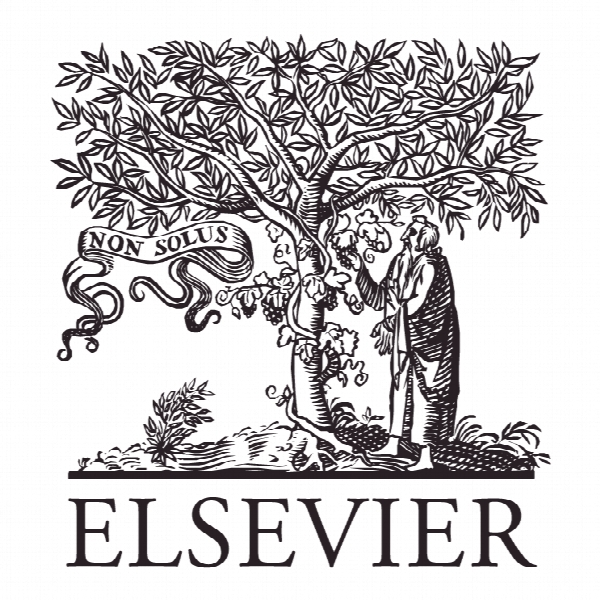متد تشخیص محدودیت برای سیستم های تولید ناب Constraint identification techniques for lean manufacturing systems
- نوع فایل : کتاب
- زبان : انگلیسی
- ناشر : Elsevier
- چاپ و سال / کشور: 2018
توضیحات
رشته های مرتبط مهندسی صنایع
گرایش های مرتبط تولید صنعتی
مجله رباتیک و ساخت مجتمع کامپیوتری – Robotics and Computer-Integrated Manufacturing
دانشگاه Center for Advanced Manufacturing and Lean Systems and Mechanical Engineering Department – University of Texas at San Antonio – USA
منتشر شده در نشریه الزویر
کلمات کلیدی نظریه محدودیت ها، کار مستمر در فرآیند (CONWIP)، نقاله پیوسته در حال حرکت، خط تولید
گرایش های مرتبط تولید صنعتی
مجله رباتیک و ساخت مجتمع کامپیوتری – Robotics and Computer-Integrated Manufacturing
دانشگاه Center for Advanced Manufacturing and Lean Systems and Mechanical Engineering Department – University of Texas at San Antonio – USA
منتشر شده در نشریه الزویر
کلمات کلیدی نظریه محدودیت ها، کار مستمر در فرآیند (CONWIP)، نقاله پیوسته در حال حرکت، خط تولید
Description
1. Introduction The manufacturing system output is a function of the whole system, not just individual processes. When we view our system as a whole, we realize that the system output is a function of the weakest link. The weakest link of the manufacturing system is the constraint. Consequently, there needs to be focus on the coordination of efforts to optimize the overall system, not just individual processes [1]. When a system matures in lean implementation, the production flows smoother and the main constraint becomes less obvious. However, the impact of performance of constraining resources in a lean system, especially one with moving assembly lines, is still evident. Because “every value stream has a primary bottleneck (constraint) that limits its ability to reach its goal” [2, p. 175], it is even more critical to be able to identify system constraints in a lean environment. Theory of Constraints (TOC) is a well-known methodology for systems improvement that includes principles and practice guidelines that can be adopted by practitioners [3]. The famous novel for operations management, The Goal, written by Eli Goldratt [4] caught the attention of process improvement professionals and began the use of this methodology. From this book, the five focusing steps (5FS) were brought out: 1) Identify the System Constraint, 2) Decide How to Exploit the Constraint, 3) Subordinate Everything Else, 4) Elevate the Constraint, and 5) Go Back to Step 1, but beware of “Inertia”. The concept of integrating Lean, Six Sigma and the Theory of Constraints is being explored more and more while simultaneously being applied to various industries [5]. The integration of Lean and TOC will be the focus of this manuscript. Constraint identification at a lean manufacturing plant using TOC will be the method of integration. In mass production environments, constraints are usually easy to find; just look for large stockpiles of Work-In Process (WIP), backlogs, and frequent expediting [2]. But in a lean manufacturing environment, none of these conditions should exist; therefore a different approach has to be taken in order to identify the system constraint(s).


